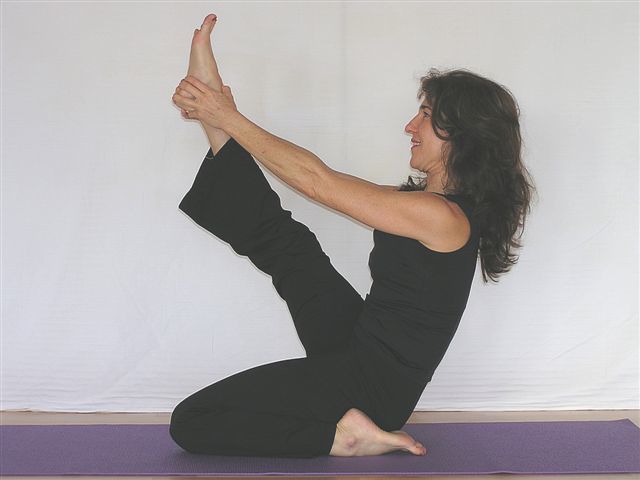Sports
From Hatha To Ashtanga To Bikram – Which Type Is For You?

Yoga has had an extremely long and colourful history since its initial inception thousands of years ago. It has travelled and diversified from a single movement with origins in India, to a worldwide and ever evolving phenomenon.
The more recent forms of yoga to have taken off are those that stress the body and mind physically as supposed to relaxing it and bringing it back into a state of peace and serenity as with more traditional forms of the practice; therefore to clarify what is what, we’ve chosen five of the most popular to discuss.
 Ashtanga Yoga
Ashtanga Yoga
Ashtanga is most definitely one of the more physical types of yoga with the positions attained reportedly rather tricky to hold for long periods of time! There is an intense focus on breathing and
it is designed to make you sweat in order to create a detoxifying effect on the body whilst simultaneously calming and focusing the mind via the strict breathing routine.
This breathing routine is progressive, as are the poses and additionally, poses are conducted in a fairly rigid and predetermined routine.
Restorative Yoga
Next we move on to something that has a complete contrast with Ashtanga, Restorative yoga.
Typically closer to yoga’s traditional origins this won’t make you sweat – if anything it might help you fall asleep! Those who practice it usually include props and the number of poses to remember is fairly short; additionally many of these are in a supine or prone position, lying flat on the ground and opening up the chest and lungs.
Restorative yoga is designed to do just that, restore and re-harmonize the body, encouraging homeostasis – and therefore the body – to return to a totally comfortable state of being.
Vinyasa Yoga
Wikipedia states that this is actually another name for Ashtanga yoga – however other sources reference the practice differently.
It is portrayed as being energetic and practiced by those wishing to move and be worked. The poses are continuously changing and it has a degree of versatility in it, with no strict routine to follow every time meaning that one can freely express their personality when practicing.
Hatha Yoga
The best way to think of Hatha yoga is to imagine it as a gentle and easily flowing style of physical activity. Cited as being ideal for beginners it seamlessly brings together the breathing and movement components of yoga in a flowing manner, relaxing and unwinding those who take part in it.
The focus is on energy, purification and subtlety and as with Restorative yoga this is a great way to unwind after a hard day.
Bikram Yoga
Lastly, we can’t write any post about yoga without mentioning controversial newcomer Bikram.
It’s champion and creator Bikram Choudhury is controversial to the point of lawsuits…of which he’s had a few! Purists argue that his methodology of practicing asanas in 105 degrees fahrenheit is a far cry from the traditional yoga characteristics of energy centering and relaxation.
Controversy has also come from the popular notion that it burns 1000 calories per class, something that was discussed in 2012 by the Huffington Post in some detail.
This type of yoga is not for the faint hearted and designed to make people feel uncomfortable in the heat with the aim of enhancing mental toughness and preparation, which arguably is what the competitive yoga champion who invented it designed it to do.
This has taken off massively despite its safety implications with flexibility, calorie burning, weight loss, water loss and cardiovascular fitness all being cited as benefits of it.
So, which one are you most suited to?
Featured images:
License: Image author owned
As a long distance runner Emma prefers Ashtanga and Bikram to other forms of yoga as she likes to sweat! She recommends if you prefer to practice in a more relaxed environment, to click through for a yoga centre in Berkshire.
-

 Tech11 years ago
Tech11 years agoCreating An e-Commerce Website
-

 Tech11 years ago
Tech11 years agoDesign Template Guidelines For Mobile Apps
-

 Business6 years ago
Business6 years agoWhat Is AdsSupply? A Comprehensive Review
-

 Business10 years ago
Business10 years agoThe Key Types Of Brochure Printing Services
-

 Tech8 years ago
Tech8 years agoWhen To Send Your Bulk Messages?
-

 Tech5 years ago
Tech5 years ago5 Link Building Strategies You Can Apply For Local SEO
-

 Law5 years ago
Law5 years agoHow Can A Divorce Lawyer Help You Get Through Divorce?
-

 Home Improvement6 years ago
Home Improvement6 years agoHоw tо Kеер Antѕ Out оf Yоur Kitсhеn































